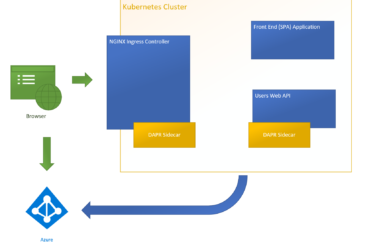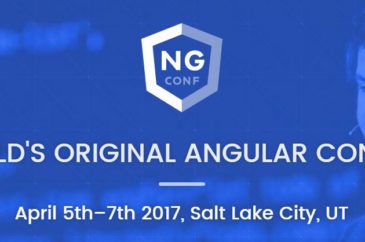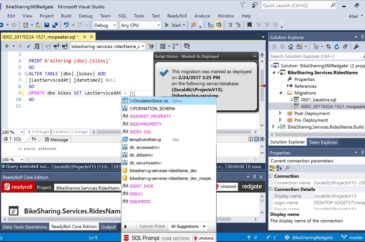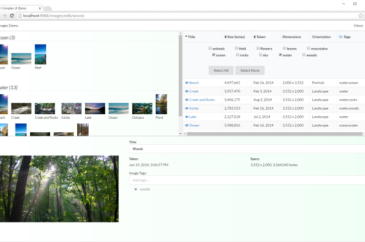
Kubernetes, DAPR, and Azure Identity Example – Part V
Continuing from part IV of our series, this post will incorporate the DAPR runtime services into the application. The source related to this post is contained in the azure-and-dapr-identity-example repo. Incorporating DAPR Up to this point, nothing we’ve done included DAPR. We’ve just used Kubernetes definitions to assemble the application components. DAPR provides a number…



